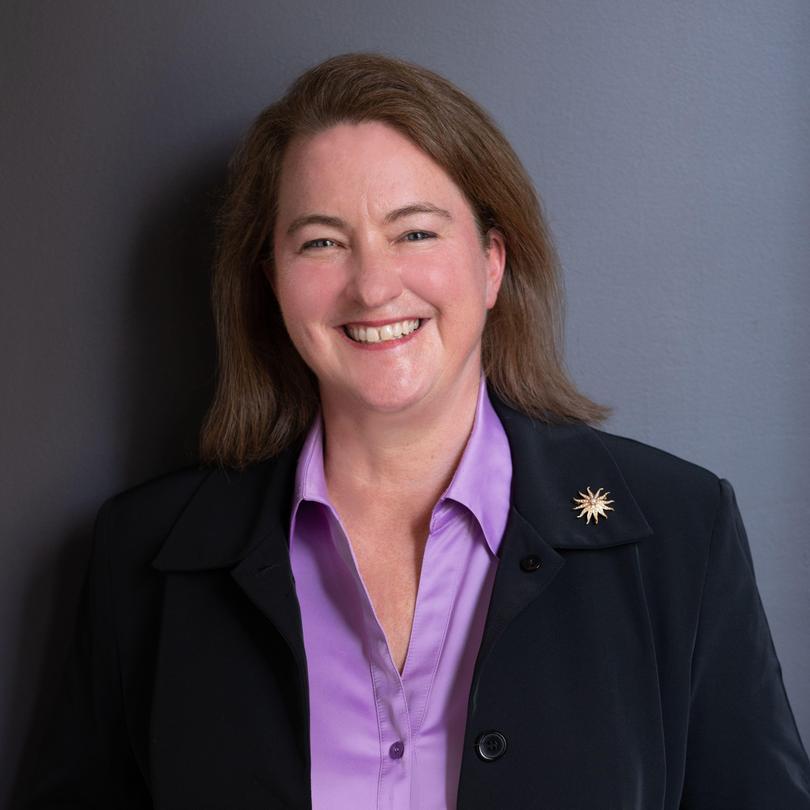Gender pay gap of 5000 Australian companies exposed in new landmark workplace equality report
Banks, financial services companies and law firms are among the major culprits fuelling Australia’s gender pay gap, with figures publicly exposing workplaces for paying women less than men for the very first time.
Airlines, retailers and miners also feature prominently in the government list — released in an effort to tackle a $50 billion a year problem.
Sign up to The Nightly's newsletters.
Get the first look at the digital newspaper, curated daily stories and breaking headlines delivered to your inbox.
By continuing you agree to our Terms and Privacy Policy.More than six in 10 employers have a gender pay gap in favour of men of more than five per cent, according to the Workplace Gender Equality Agency. Overall, median women’s earnings each year are $18,461 less than a man’s — or 81¢ to every $1.
The national gender pay gap is 14.5 per cent, which balloons to 19 per cent when allowances, bonuses and incentives are included.
Some employers say the statistics are the result of senior ranks being dominated by men, an imbalance that will likely take years to even out.
SEARCH THE FULL LIST OF COMPANIES
Employers with more than 100 staff have had to report their pay gap data since 2012 but the figures at a workplace level are public now for the first time, rather than at an industry level.
The gender pay gap is not a measure of equal pay — which is a legal requirement — but the difference between median earnings of men and women. The Federal Government now requires the WGEA make public pay data, and statements explaining them, for employers with more than 100 staff in an effort to narrow the gap more quickly and forcefully.
Among the big names to report a large median pay gap are major airlines — Cathay Pacific, Qantas, Jetstar and Virgin Australia all between 35 and 45 per cent — as well as major law firms Maurice Blackburn (30.7 per cent), Slater & Gordon (31.3 per cent) and Lavan (42.4 per cent), the big four banks, all between 18 and 29.9 per cent, and major miners.
Every industry, including female-dominated ones, has a median gender pay gap in favour of men, the data, to be released on Tuesday, shows. The data shows larger employers are more likely to have smaller gaps, though this is less likely in male-dominated industries.
Just 412, or 8.3 per cent, of employers have a gender pay gap in favour of women, compared to 3057, or 61.6 per cent, in favour of men. Just over 30 per cent have a neutral gender pay gap.
Other companies, including household names Woolworths, Coles, and Myer have pay gaps between one per cent and 6 per cent, while others including candle retailer Dusk, fashion labels Hugo Boss, Aquila, discount department store Best & Less and fast food outlets McDonald’s and Nando’s reported no gender pay gap at all.
Minister for Women Katy Gallagher said the gender pay gap was a “persistent and complex problem” that cost the economy $51.8b each year.
“The release of employer gender pay gaps marks a historic step towards transparency and accountability in addressing gender inequality,” Senator Gallagher said. “Transparency and accountability are critical for driving change.
“By shining a light on gender pay gaps at an employer level, we are arming individuals and organisations with the evidence they need to take meaningful action to accelerate closing the gender pay gap in Australian workplaces.”

Companies emphasised the results did not mean women were paid less than men for the same jobs, but that they were significantly underrepresented in those that paid more.
“We are working hard to encourage more women into pilot and engineering roles particularly through our two academies, but the years of training required for these roles means improving the gender balance of these workgroups will take time,” said Qantas Group chief people officer Catherine Walsh.
Former sex discrimination commissioner Elizabeth Broderick said closing gender pay gaps could not be done by organisations in isolation, and the challenge was generational.
“Lasting change will only be achieved through collective efforts to redesign decades of education, employment and workplace strategies which in the past have been based on gender roles and norms that undermine efforts to achieve gender equality,” Ms Broderick, the founder of the Champions of Change Coalition, a group of chief executives, company directors and government department leaders.
“Strategies to address the unequal division of caring and household management will also be essential.”
WGEA argued measuring a pay gap at median level allowed remuneration of typical employees to be considered properly because it was not skewed by exceptionally high or low salaries. From next year, CEO and head of business pay data will be included.
Having a female CEO was shown to lower the gender pay gap by about 14 percentage points, while those with more women in management have lower pay gaps.
WGEA chief executive Mary Wooldridge expects there will be improvements in next year’s data, and staff and others such as shareholders and investors will be able to monitor whether company commitments about improving the gender pay gap are fulfilled.
“As this is the first time we’re all going to learn from this process and there will be improvements and evolution of publishing gender pay gaps over the years to come,” she said.
“We’ll be able to see if the commitments they make and articulate in relation to their understanding of the gaps and what they’re going to do about them translates into the outcome of reducing their gender pay gap.”

WGEA chief executive Marie Festa said all companies and organisations needed to set gender equality targets and to increase women’s representation. She said a wealth of research, including from the Bankwest Curtin Economics Centre, had shown higher profits were delivered by gender-balanced leadership teams and those companies also found it easier to retain staff.
The full data set is searchable at WGEA’s website.
